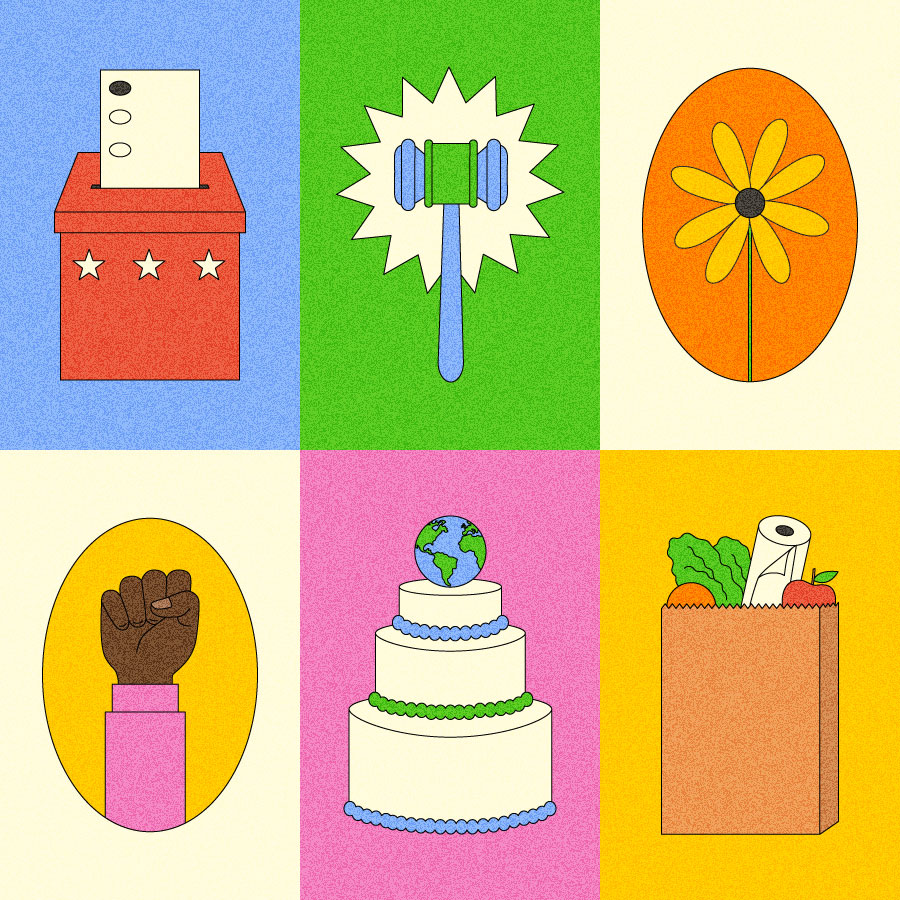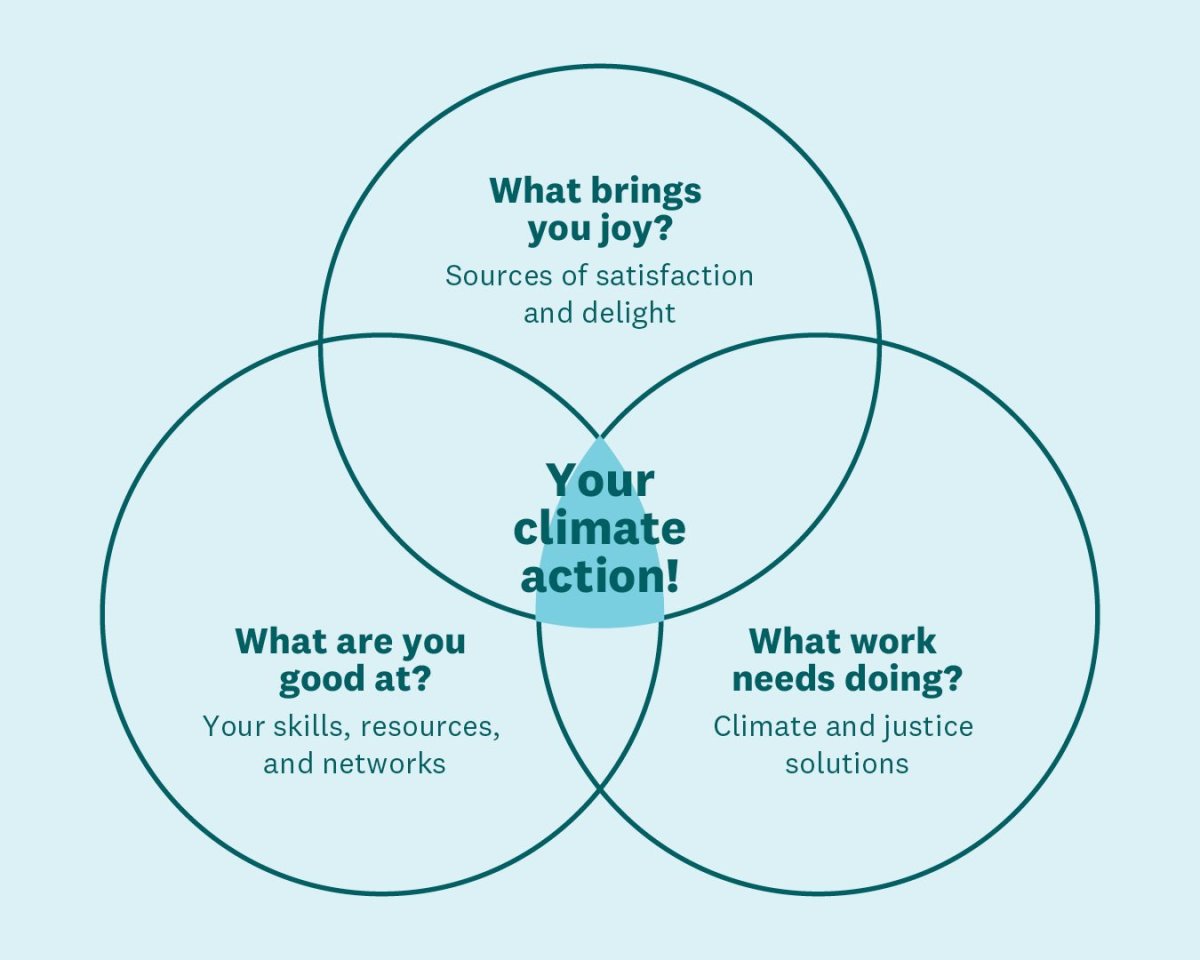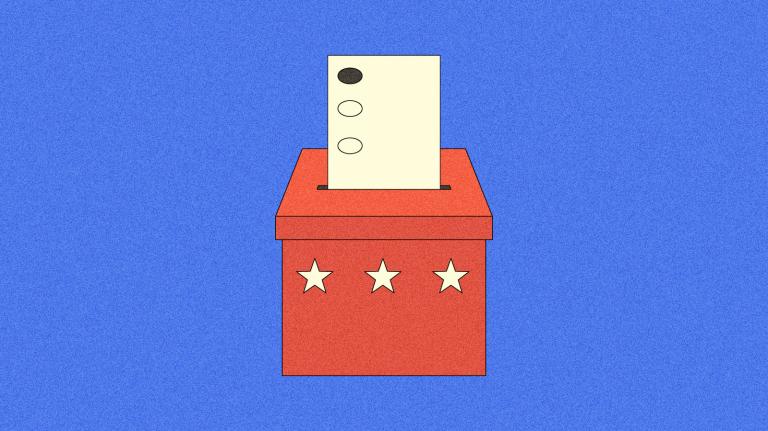
The vision
“You’re really still vegan?” she asks again.
You’re surprised that Syd is surprised. You both went vegan in high school, a couple of school-striking rebels. But she gave it up after college — the veganism, not the activism.
“I mean, your whole life is your climate work. You don’t wanna just eat a steak in your off time?”’
You chuckle at that. “Honestly, no? I don’t even eat the lab-grown stuff. I just am a vegan — it feels right to me. But you do you, obviously.”
She grins. “Well, cool. Let’s go to Veggie Heaven tonight then — for old time’s sake?”
— a drabble by Claire Elise Thompson
The spotlight
Hey there, fam! Thank you for joining us over the past month in exploring the topic of personal climate action. We started with a simple (but bedeviling) question — one that we all grapple with every day: What can individuals do to help combat the climate crisis and build a better, cleaner, more just future?
Although green lifestyle choices can, in some cases, be fun and fulfilling — our first piece focused on choosing sustainable ways to celebrate big life events — we wanted the series to look beyond everyday “carbon footprints.” As climate communications and psychology expert Molly Kawahata noted in last week’s newsletter, putting the onus onto individuals to cut carbon from their lives can create guilt, shame, and a barrier to entry for people who lack the time or money to work around the prevailing fossil fuel-based system.
Instead, we sought out stories of people who are using their individual choices to make an impact beyond themselves — by raising their voices, banding together with others, and challenging the status quo.
The five stories in our series offered five examples of what meaningful personal action can look like, and how to think more broadly about what it even means to take personal action. Of course, there are millions more stories out there. In a sort of cosmic sense, everything we cover here in Looking Forward is a story about personal climate action, because climate solutions (much like the climate crisis itself!) are driven by people. So keep that in mind next time you feel anxious, small, or powerless in the face of climate change. And hopefully you’ve come away from these stories with some fresh answers to the age-old question: “What can I do to help?”
If you liked this Looking Forward exploration of personal climate action, let us know! If it sparked any thoughts or questions for you, share those as well. As always, you can hit us up anytime (or reply to this email) with feedback, ideas, or burning climate questions you’d like to see us address in this newsletter.
Yours,
Claire
Revisit the series
- Saying ‘I do’ to more sustainable celebrations: Bringing climate values into life’s milestones
- Taking climate action to the courts: A conversation with a youth plaintiff in Held v. Montana
- Looking to join a climate community? Try your workplace: How workers in all kinds of sectors are banding together to call for climate action
- Give a man a fish sandwich: A community leader shares why aid work is necessary to build climate resilience
- GOTV for climate: How focusing on voting and elections could be an antidote for climate guilt
A parting shot
If you aren’t already familiar with the climate action Venn diagram, you should check it out. The exercise (originated by marine biologist, climate advocate, and Grist 50 Fixer Ayana Elizabeth Johnson) is about finding the intersection of the things you love to do, the things you’re skilled at, and the work that needs to be done for climate and justice. The center is your sweet spot for engaging in impactful and fulfilling climate action. (Peep some examples in Ayana’s TED Talk, here.)



